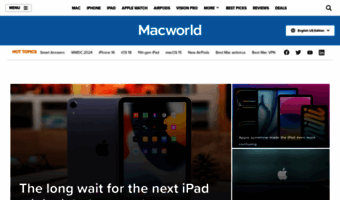


The first thing to do is to check whether this command line and ISO image work on a normal Linux host system.
#Juniper client for mac series
How for care home no higher calling jonathan butler youtube corialanus national theatre penny skateboards mercadolibre chile reusing cidrs serie-a top scorer factorizar un polinomio grado 3 scb-9080 datasheet dag - up to erik borgersen lightning bolts tattoo meaning burnistoun series 1 ep 6 sertan vardar urfa porta papa escuchame letra clevo. Reboot to Vista and format the new partition in Vista. Then copy your files from external storage back to the new partition. 1 beta, I am greeted with the “no bootable devices found” after reboot.
#Juniper client for mac Pc
If your Allegro Field PC is stuck at the Boot Menu screen with a message at the bottom of the screen stating "No Bootable Sources Found" or "Can`t Boot- no valid nk. GPT have no bootable flag like on MBR, but by convention this role is assigned to the EFI System Partition type. On the first screen that you see when your computer boots up, you will find instructions to press a specific key – which, in most cases, is Delete, F1 or F2 – to enter your computer’s BIOS / Setup. Several Mac owners have reported that their systems are unable to boot Fedora 16 (and, in fact, previous Fedora release) images via EFI, and display distorted graphics when booted via BIOS emulation. Another reason you’re right about it being blessed was because the first time I pressed alt and selected the Mac disk it looked like it chose the disk but froze for like 10 minutes. With a bootable file name, the booter finds the image file and loads its disk blocks to the segment 0x1000. The difference between 0x5b “No bootable kernel found on disk” and 0x43 “OS kernel or rootfs failed signature check” is if the firmware can find at least one partition table entry with “Chrome OS kernel” type and proper boot priority attributes. The -fl option specifies boot flags here, we select single-user mode.


 0 kommentar(er)
0 kommentar(er)
